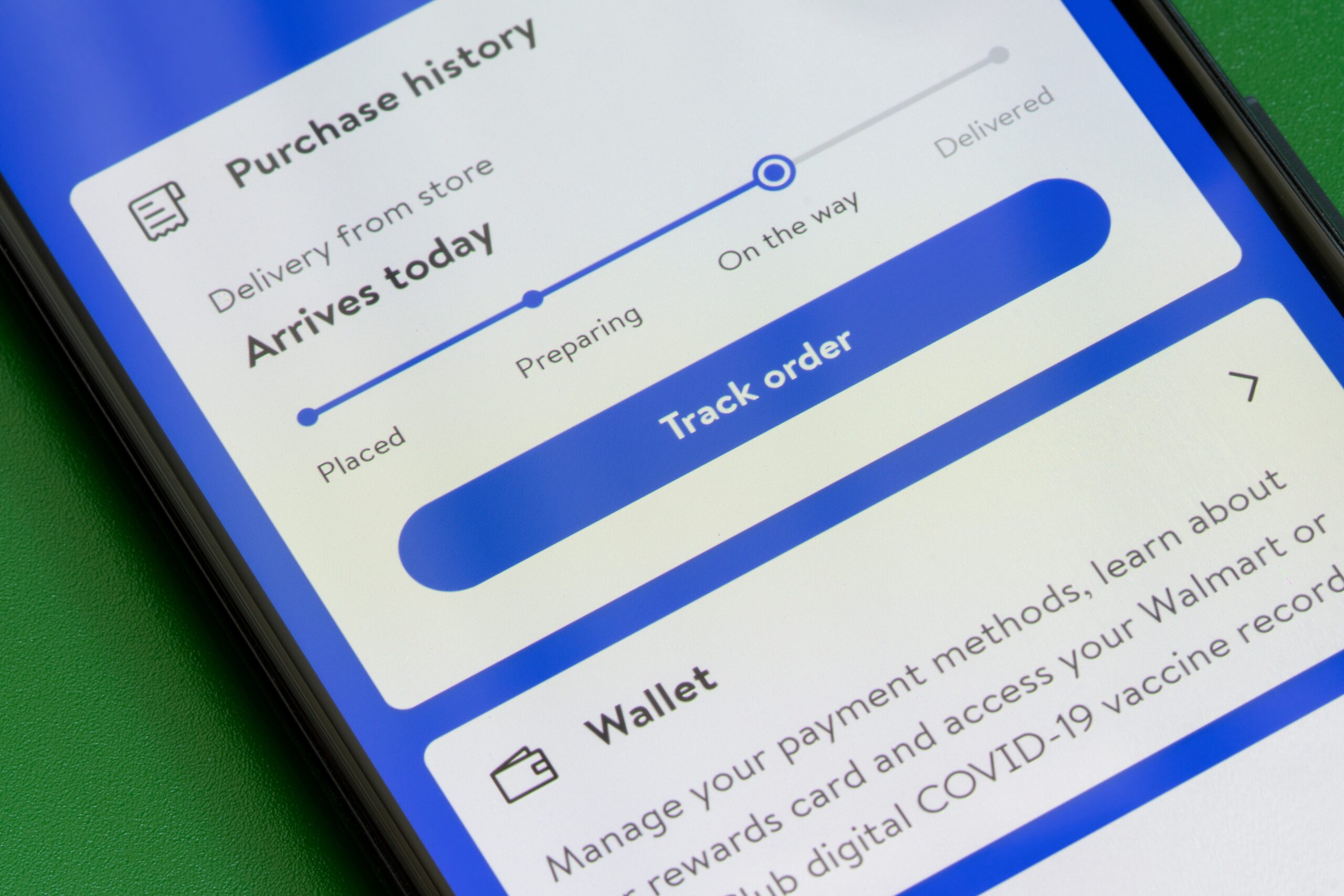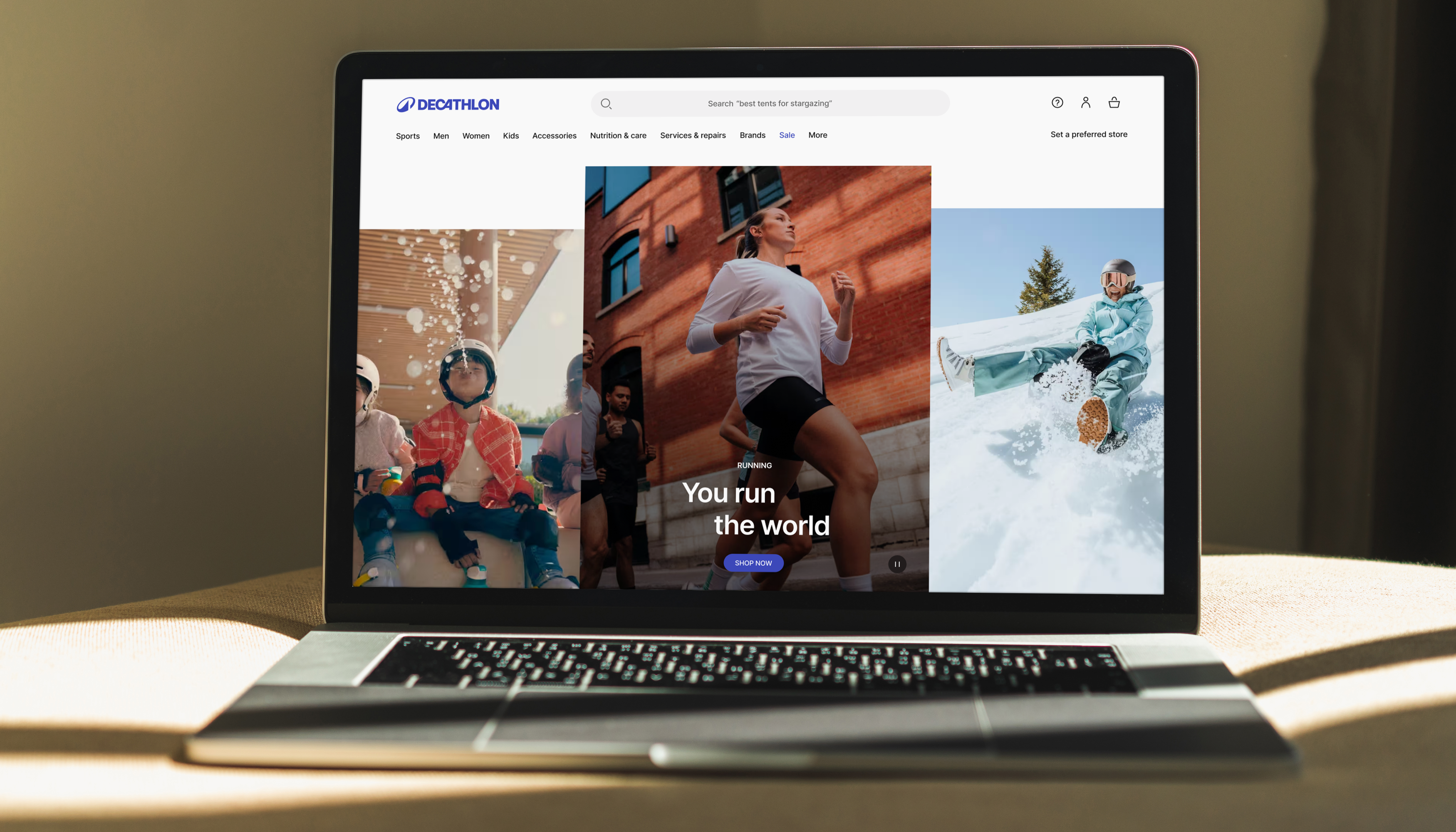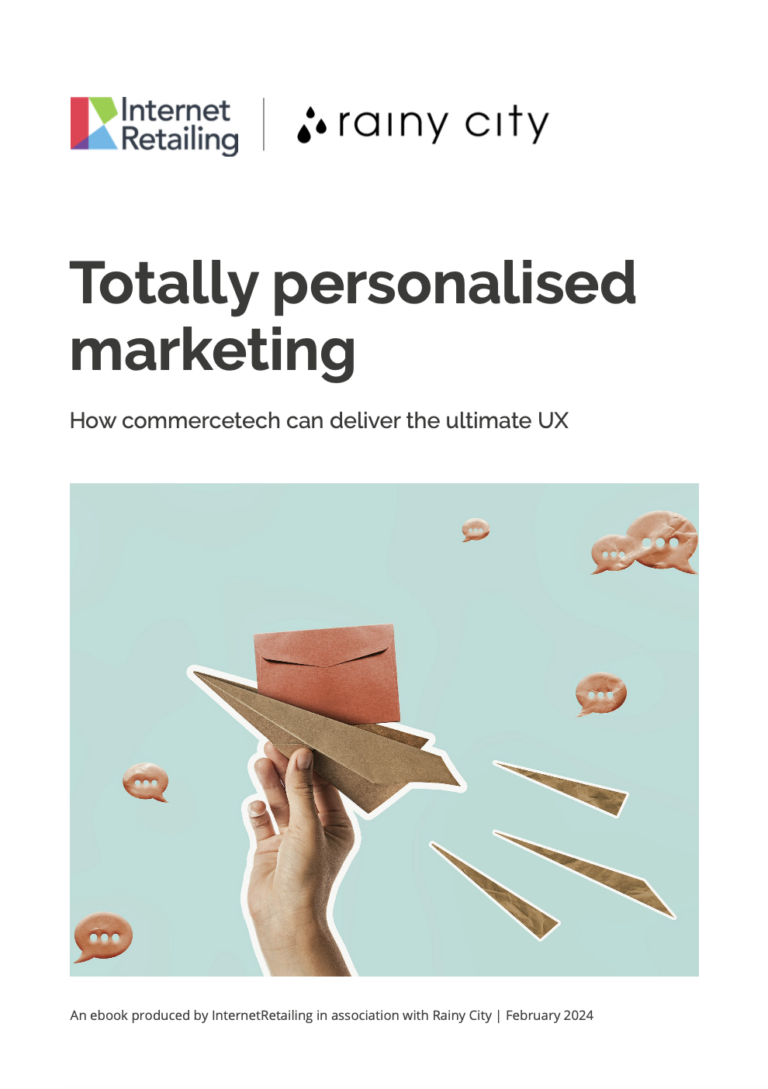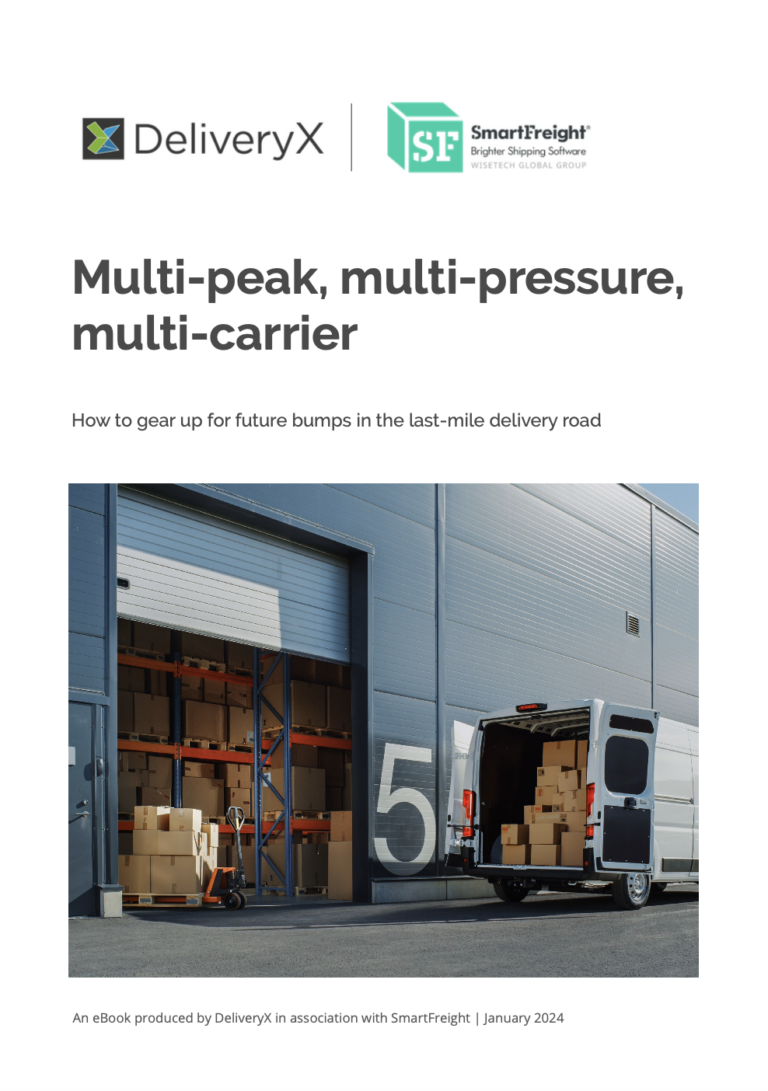Retailers have been wising up to mobile, recognising it as its own category rather than treating it as a pared down version of a desktop PC.
But according to Spreadshirt CEO Philip Rooke (pictured), a truly “mobile-first” strategy needs to break decisively from a desktop one – in fact, in many ways it should be the opposite.
The Germany-based company, which sells customisable print-on-demand T-shirts online, saw the number of people coming to the site via mobile grow rapidly in 2013. Mobile quickly moved from being a second screen to the main screen, Rooke says, becoming the main way for people to search for things that they wanted to express on their personalised T-shirts.
Spreadshirt responded by introducing what it calls a mobile-first strategy. But what does this mean? The key difference, Rooke tells InternetRetailing, is that while the standard retail approach is to add as much functionality as possible, mobile requires the opposite.
For example, Spreadshirt used to enhance the desktop version of its site with more and more features. A similar approach is in place in offline retail, he says, with outlets such as clothing shops adding extra product lines such as accessories and installing coffee shops in the store.
With mobile the aim is the opposite. “It’s counter-intuitive to most retail thought. We have to walk through every feature and get rid of as many as possible to simplify the customer journey. Don’t introduce complexity, don’t introduce more features.”
Rooke says that this mobile mentality feeds back into desktop as well, with the company looking to simplify that experience as much as possible.
“When we look at anything we have to continue how it works on an iPhone before how it works on a desktop.”
Rooke says taking away features is counter-intuitive and hard to do – running contrary to most retail brainstorming, which is about giving customers more features.
Despite some offline training when working at Tesco, the exec’s background is firmly on the digital side of retail, which may have given him his willingness to try new approaches. But he says the main driver for the strategy was the feedback from customers themselves, which included both interviews and testing.
While the company does make use of analytics in terms of examining how people actually use the site, Rooke is sceptical of analytics.
“You get into having to interpret things. I’m a 50-year-old male, with a 20 to 30-year-old female audience – I might interpret the stats in a different way.”
Within the organisation, focusing on mobile does require a certain amount of people management.
“I’ve never had a problem getting people under 45 to look at a phone, but older than that you really have to force them.”
To counter people becoming too used to their own devices and how they operate, members of the Spreadshirt user testing team are given a suite of different devices and encouraged to swap phones.
The strategy appears to be working considering that 55 percent of the company’s traffic last year was on mobile and 40 percent of all orders. The latter figure rose to 51 percent during the Black Friday-Cyber Monday weekend.
The company also recently crossed the milestone of netting €100 million in revenues.
“Mobile-first” may mean different things to different retailers, but it is clear from Spreadshirt’s story that it could mean a fundamental rethink of strategy.









